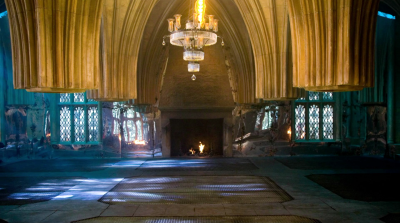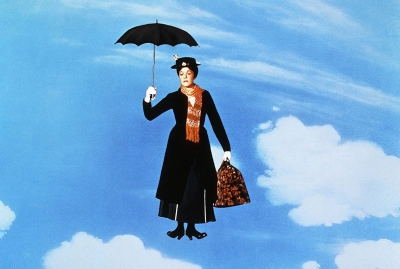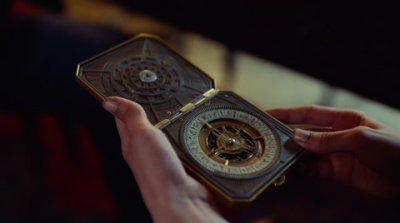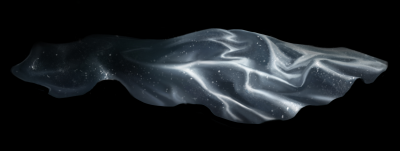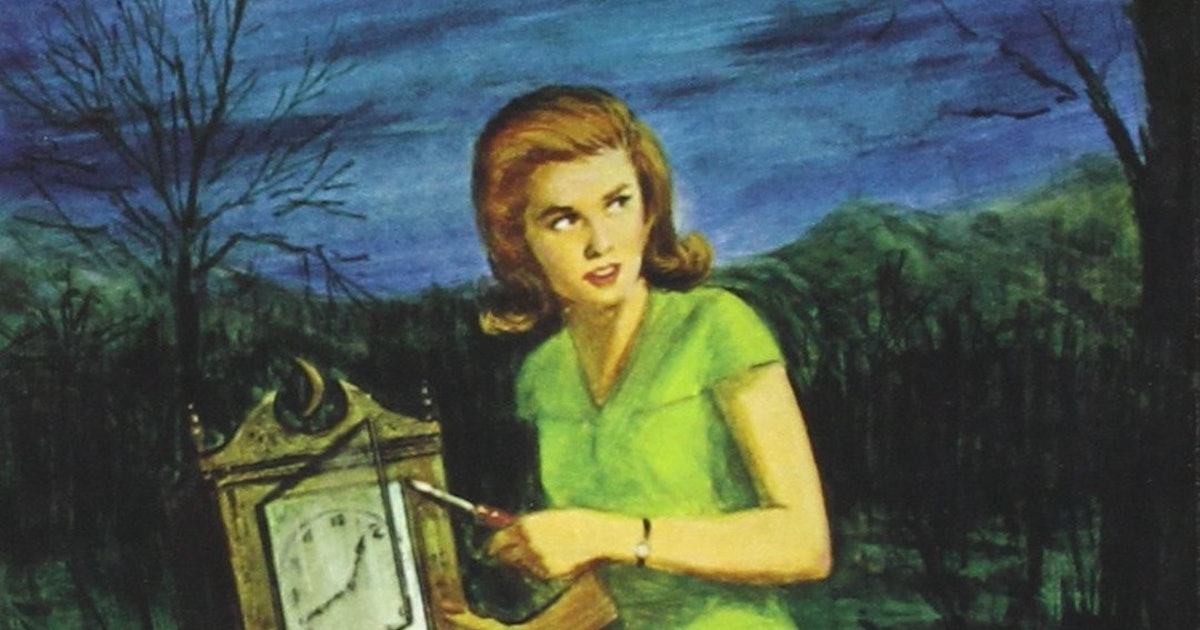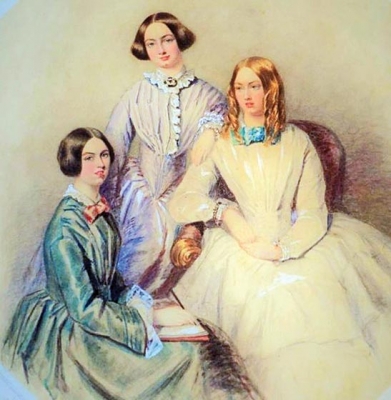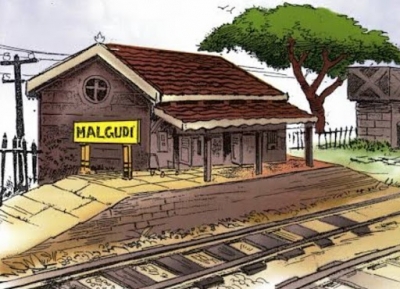Which powerful glove is designed to channel the power of all six Infinity Stones?
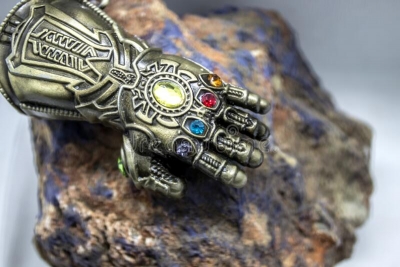
The Infinity Gauntlet was a powerful Dwarven-made Uru glove that was designed to channel the power of all six Infinity Stones.
The Infinity Gauntlet was specifically made to allow the wielder to channel the powers of all six Infinity Stones; it even allows the use of their powers in unison, such as using the Space Stone to send the Power Stone's energies to Titan's moon. The Stones seem to be drawn towards the Gauntlet; the wielder has only to hold the stone over an empty pocket and the stone fuses to it by itself. Upon completion of the Gauntlet, the user is able to accomplish almost anything at will — even wiping out half the universe with a snap of the fingers. Despite the great power it grants its wielder, the Gauntlet has a flaw, intentionally incorporated by Eitri: it must be clenched before the power of any Stone could be accessed. Additionally, the Gauntlet's wearer must possess a substantially high level of mental fortitude and physical strength capable of withstanding the severe strain caused by using even just one Infinity Stone.
The Infinity Gauntlet is tremendously durable; able to withstand having all six infinity Stones embedded into it and able to provide protection from Captain Marvel's photon blasts even in its damaged state. However, Thanos using the power of all six Stones at once put too much strain on the Gauntlet, heavily damaging it, though it remained functional enough for Thanos to use the Stones to both heal himself and escape. The Gauntlet, though heavily damaged, would again survive yet another full-scale use of it when Thanos utilized it to destroy the Infinity Stones themselves. The aftermath of this action was complete inoperability of the Gauntlet beyond that point while leaving severe burns on the left side of Thanos' body leading up from his left arm up to the left side of his face. Additionally, the Gauntlet's remains were fused to Thanos' left arm permanently.
Picture Credit : Google
